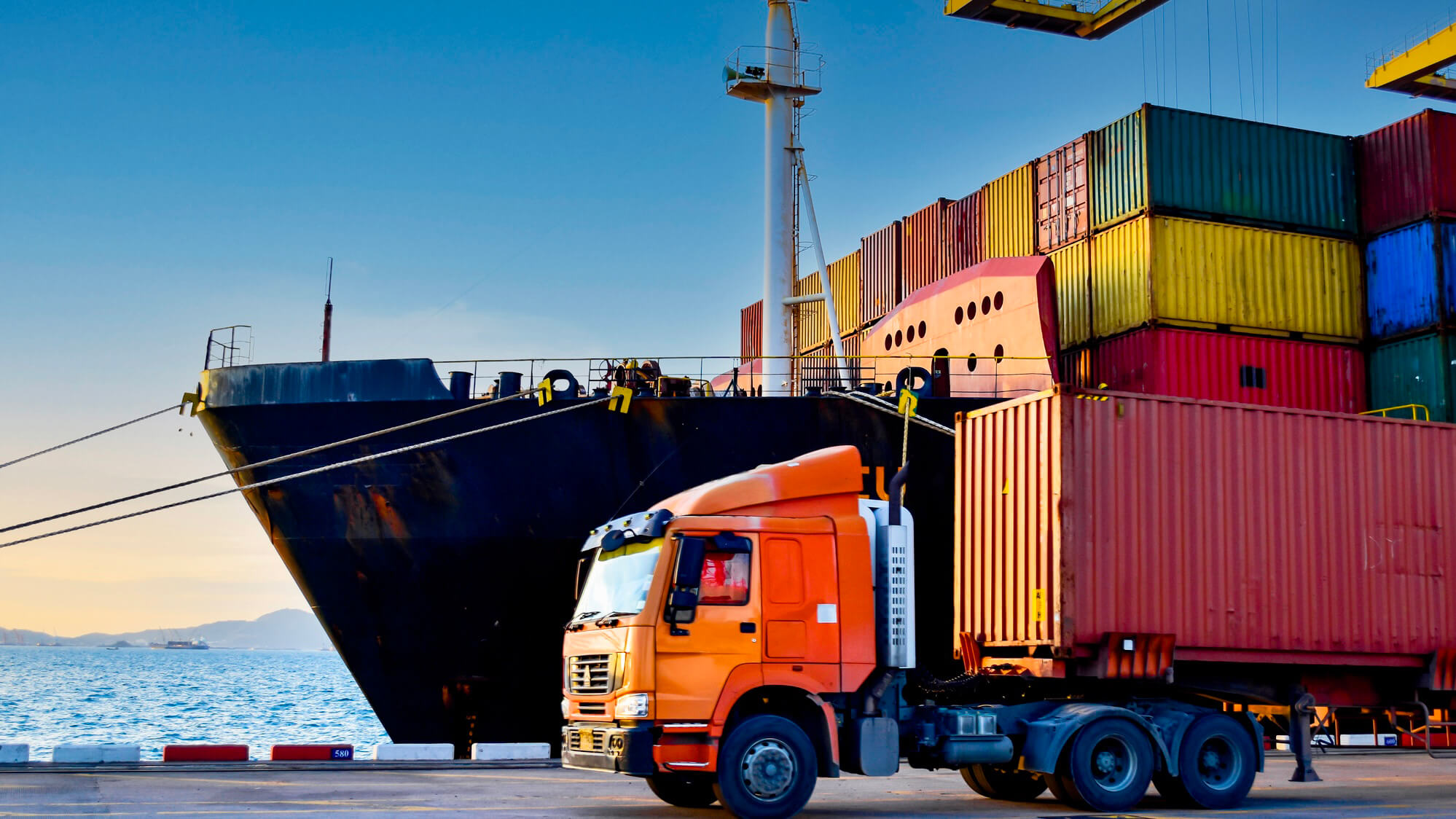From port congestion to container shortages, global shipping woes are hitting food ingredient traders with delays and logistic headaches. 2025’s first quarter has seen a resurgence of supply chain challenges—bottlenecks at key ports, unreliable vessel schedules, and higher freight costs.
Port congestion is back in the spotlight, with some ports experiencing extreme backlogs. Major transshipment hubs in Asia and Africa are facing delays, while U.S. West Coast ports are dealing with peak-season congestion. A growing issue is the shortage of refrigerated containers, causing competition and higher fees for available units, affecting meat, dairy, and frozen produce exporters.
BTG Advice
Traders should build extra lead time into supply plans, diversify port routes, and keep close communication with freight forwarders. Where possible, negotiating service contracts rather than relying on spot bookings ensures more reliable capacity.
The recent uptick in shipping disruptions highlights the need for proactive logistics management. Traders who anticipate delays, adjust transport routes, and maintain strong supplier relationships will navigate supply chain bottlenecks more effectively.

